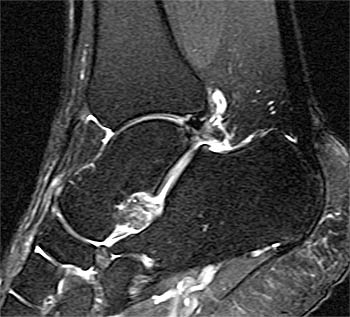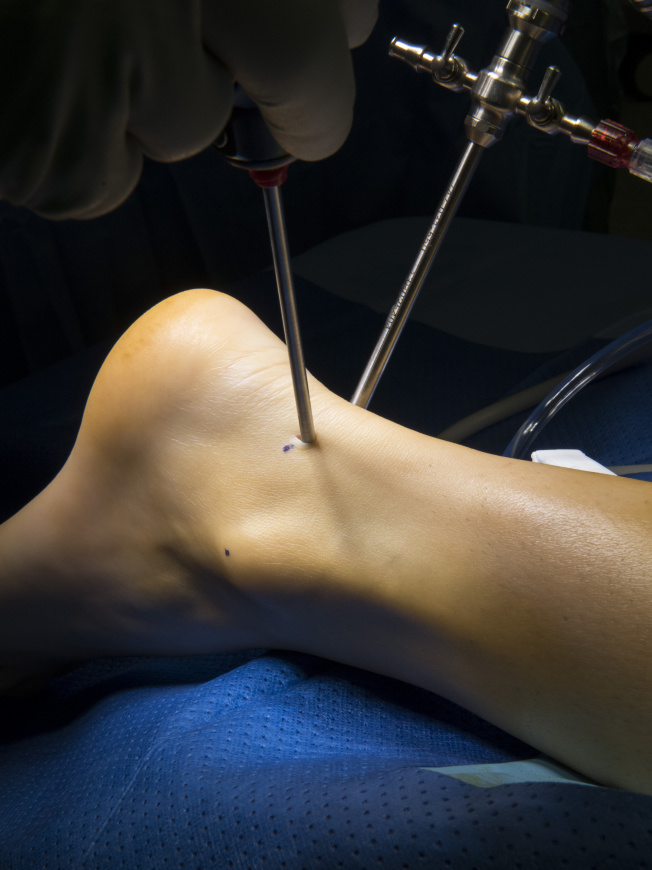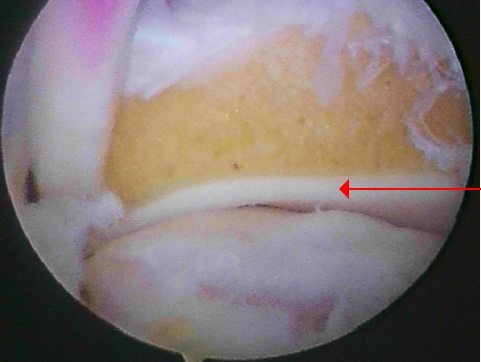Introduction
Posterior ankle impingement is a condition where the soft tissues in the back of the ankle joint become compressed or pinched, leading to pain and limited range of motion. While conservative treatments are often the first line of defense, surgical intervention may be necessary for persistent symptoms and to restore optimal ankle function. In this blog post, we will explore the surgical treatment options available, recovery and rehabilitation, and potential risks associated with surgery.
Understanding Posterior Ankle Impingement
Posterior ankle impingement occurs due to repetitive activities, such as sports or ankle-flexing movements, or as a result of a previous ankle injury. Common symptoms include pain, swelling, limited range of motion, and discomfort during certain activities. When conservative treatments fail to provide relief, surgery becomes an option worth considering.
Diagnosis and Treatment Options for Posterior Ankle Impingement

To diagnose posterior ankle impingement, Mr Mike Barrett (consultant foot and ankle surgeon in Cambridge) will conduct a thorough examination, review medical history, and may order imaging studies (MRI or Ultrasound).
Treatment options range from rest and activity modification, medications for pain and inflammation, physical therapy to improve ankle strength and flexibility, orthotics or braces for additional support, steroid injections, and in some cases, surgical intervention.
Surgical Procedures for Posterior Ankle Impingement
Two common surgical approaches for posterior ankle impingement are arthroscopic surgery and open surgery.
1. Arthroscopic Surgery

Arthroscopic surgery is a minimally invasive procedure that involves the use of a small camera called an arthroscope, inserted through small incisions around the ankle joint. This technique allows the surgeon to visualize the joint structures and perform necessary repairs or modifications. During arthroscopic surgery, the surgeon may remove or trim bone overgrowths, address soft tissue abnormalities, repair damaged ligaments or tendons, and address other joint abnormalities like loose bodies or cartilage defects. The advantages of arthroscopic surgery include smaller incisions, reduced tissue trauma, faster recovery, and lower complication risks.
2. Open Surgery

Open surgery may be recommended for more severe or complex cases. This approach involves making a larger incision to directly access the ankle joint. Open surgery allows the surgeon to comprehensively address complex or extensive impingement. The procedure involves removing excessive bone or bone spurs, addressing soft tissue abnormalities, repairing ligaments or tendons, and addressing other joint abnormalities. While it may involve larger incisions and longer recovery times, open surgery provides better access to the affected area.
Recovery and Rehabilitation
Following surgery, a personalized rehabilitation program will be designed to promote healing, restore ankle mobility, and strengthen the surrounding muscles. Immobilization using a splint, cast, or walking boot may be necessary initially. Weight-bearing restrictions may apply, and physical therapy sessions will gradually improve ankle range of motion, strength, and functionality. The duration of recovery and return to normal activities varies based on the surgical procedure and individual progress.
Potential Risks and Complications
As with any surgical procedure, there are risks and potential complications associated with surgery for posterior ankle impingement. These include infection, blood clots, nerve damage, stiffness, persistent pain, or the need for additional procedures. However, it’s important to note that complications are rare, and surgeons take appropriate measures to minimize risks.
Consultation and Decision-Making
If you have persistent symptoms despite conservative treatments, it is crucial to consult with Mr Barrett (foot and ankle surgeon in Cambridge) who can evaluate your condition, review your medical history, and discuss the benefits, risks, and appropriateness of surgical intervention.
Conclusion
Surgical treatment for posterior ankle impingement can provide effective relief and restore optimal ankle function. Arthroscopic and open surgeries are the primary approaches, and your surgeon will determine the most suitable procedure based on the severity of your condition. Following surgery, a comprehensive rehabilitation program will help you regain ankle mobility and strength. Although surgical intervention carries potential risks, complications are rare, and your surgeon will prioritize your well-being throughout the process. Consult with a foot and ankle surgeon to discuss your options and determine the best course of treatment for your posterior ankle impingement.
Note: It is essential to consult a qualified foot and ankle surgeon for an accurate diagnosis, personalized treatment plan, and guidance regarding your specific condition.
Further information
Last modified: June 28, 2023







